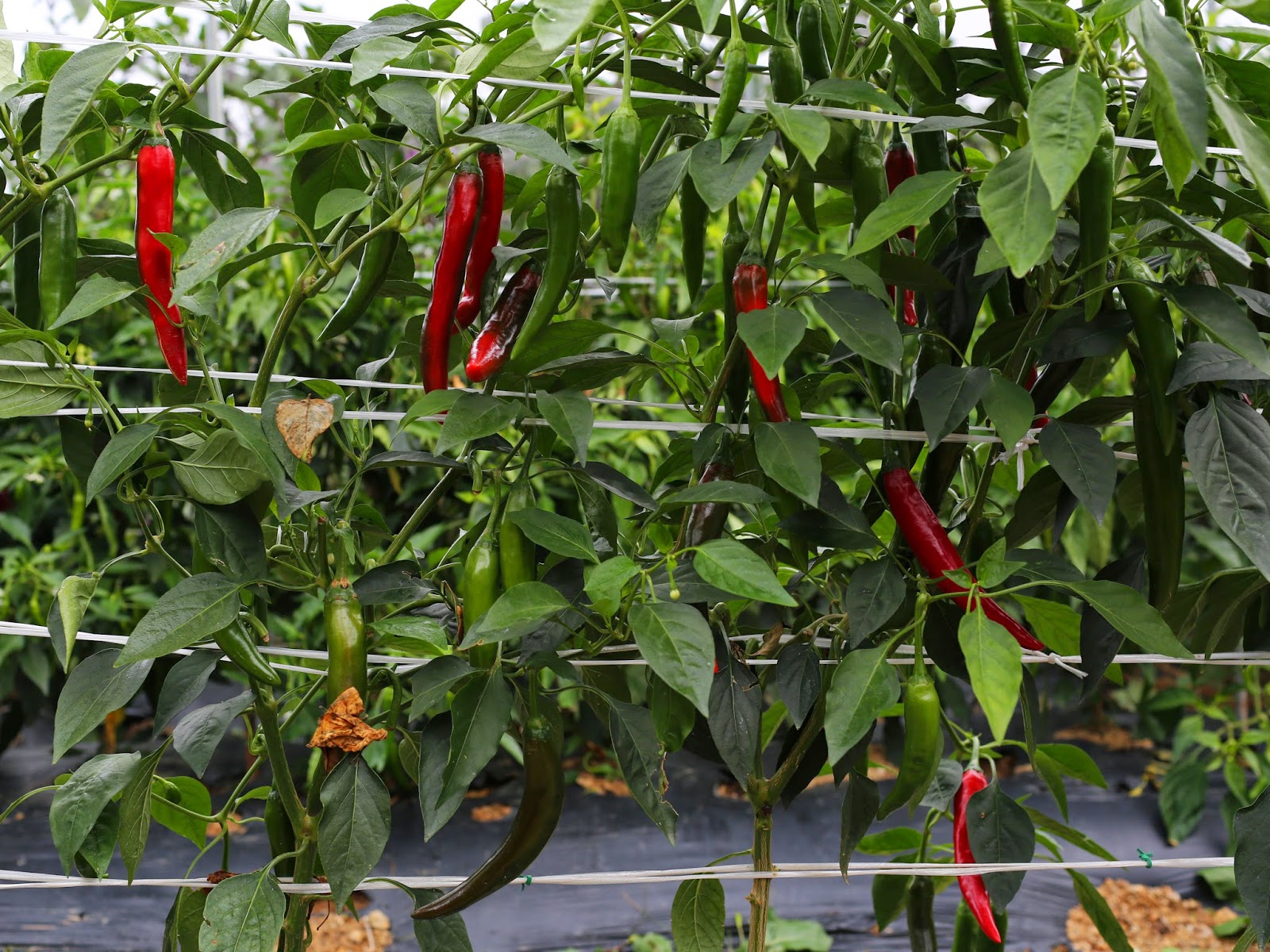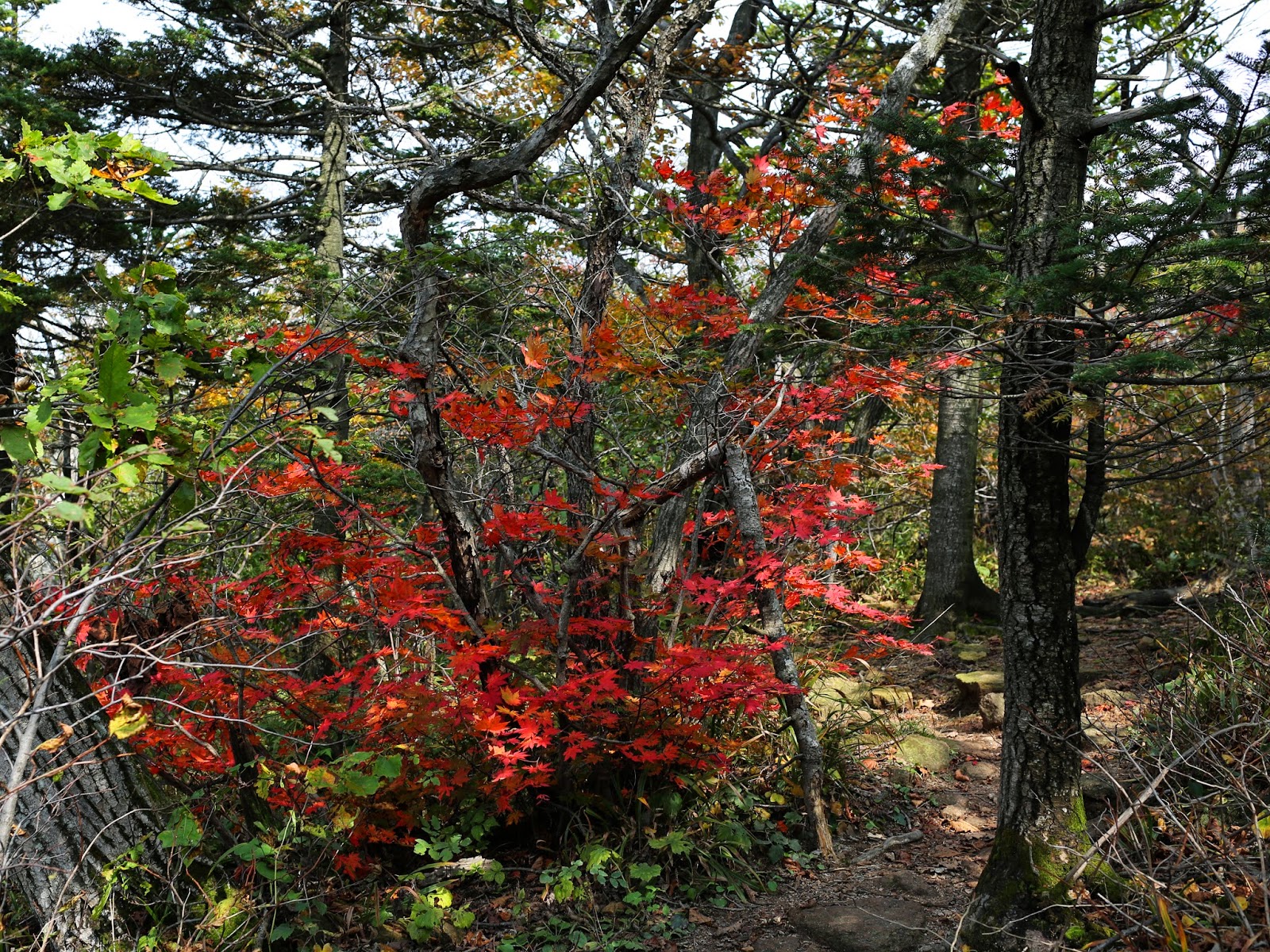By chance a
got three photos from 1961, showing a Korean national archery competition in
Seoul. With the help of my teacher in Koran language I found out some
interesting Korean archery history. The Chinese inscription on one of the photos
identified the building as Hwanghakjeoung and we found out that this building
still exists. The 1961 event was the fourth competition; this nationwide
archery competition for men and women was started in 1958. The inscription on the transparent shows
the name of the sponsoring Korean daily newspaper Hankook. By internet we found
some photos from the 1958 archery competition, sponsored by the same newspaper
already.
The three photos
are by Wide World Photo, an American stock photo agency, which still exists. Each photo still has its original caption, which is shown here too.
A visit of
the actual site of the Hwanghakjeoung pavilion today showed nearly the same
scenery as on the 1961 photos. The attending archers, which still use the traditional Korean bow, were highly interested in the old
photos. The description of the pavilion
is in English too, thus I learned some more historical details, which I let
follow in abridged form.
The Hwanghakjeoung
archery pavilion originally was built in 1898 at the area of the Gyeonghiugung
Palace in Seoul.
In the year
1894 bows were excluded from military use, but Emperor Gojong gave command to
use archery for the cultivation of mind and body of the Korean people. As a
result of that command, the Hwanghakjeoung pavilion was built in the Royal
Palace and opened to the public. It is said, that Emperor Gojong personally enjoyed
archery and often visited Hwanghakjeoung.
During the
Japanese government the Gyeonghiugung Palace was demolished and government buildings
were erected instead of the Palace.
The Hwanghakjeoung
was moved to its current site at Sajik-dong in 1922. Seoul had during the
Joseon Dynasty five bow training places
and this current site of the Hwanghakjeoung is one of these traditional ones.
 |
| the Hwanghakjeoung pavilion |
 |
| same sight and shoot length as in 1961 |
 |
| the old Chinese name of the pavilion |
Further reading:


















































